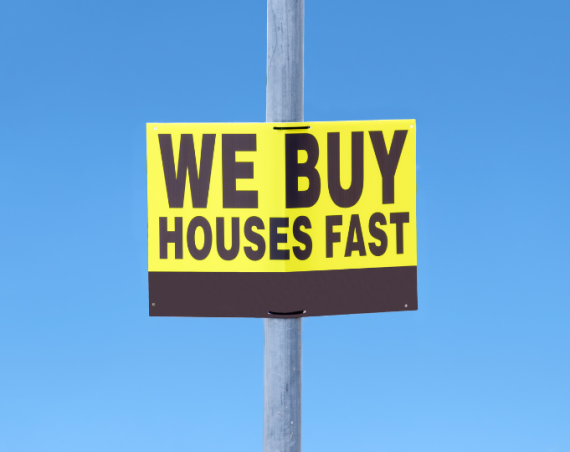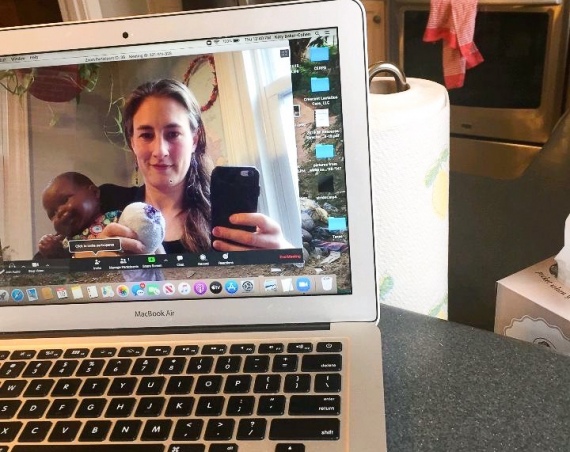Historic Germantown and the Black Writers Museum came together to curate a walk highlighting Germantown’s rich historical Black experience. The Inaugural Black Lives in Germantown tour happened this past Saturday in the early afternoon. The 2020 uprisings, in response to the killings of Breonna Taylor, Ahmad Awbury, George Floyd, and other Black lives taken by the police, inspired the tour. Special Projects + Programs Curator for the Smithsonian, Monica O. Montgomery, was the poised and brilliant tour guide for the early afternoon. The walk spanned from the old Germantown High School building on Germantown Avenue & High Street to Germantown Ave to Market Square Park. The tour focused conversations at each site around the historical importance of Black people’s influence on arts, culture, resistance, and community in Germantown. Here’s are some highlights.
First United Methodist Church of Germantown
Religion has always had a place in social justice movements, and this church is no exception. The church is a safe faith-based space for queer and trans people, who are often ostracized. The church made news in 2019 when they housed a Jamaican couple risking deportation. Tour leader Montgomery made sure other faith-based spaces, including the Islamic Mosques, were mentioned amongst those having a meaningful impact on the community.
Germantown High School
The school opened in 1914 but closed its doors in 2013, after a vote by the School Reform Commission. Germantown High School has historically always had an overwhelming majority of Black students. In November 1967, student organizers from GHS and other Philadelphia schools led a demonstration for African-American inclusion in both the curriculum and educators. Philadelphia Police Department Commissioner, Frank Rizzo, launched a heinous attack on the students at the Board of Education building at 21st and the Parkway. That day remains one of the most brutal days in Philadelphia history. The closure and proposed redevelopment of the school continuously raise conversations about gentrification and displacement of Black people.
Germantown YWCA
The Germantown YMCA, founded in 1917, was a leading force in helping to bring recreational programs and activities to Black folks. It was considered the “Black Y,” while its counterpart on Greene Street was considered the “White Y.” Both have disbanded since but remain reminders of long-fought battles for racial equality in the country. The Black Y has the Women of Germantown mural painted on the left of the building with local history makers like Dinah, the enslaved housekeeper who kept the Stenton House from being burned down by the British in 1777.
The Black Writers Museum at the Vernon House
This one-of-a-kind museum, housed at the Vernon House in Vernon Park, displays classic and contemporary Black literature. They aspire to inspire a generation of new writers and creators by celebrating the work of earlier authors. Supreme Dow, the founder, and curator for the BWM, joined attendees for their walk and spoke briefly about the museum’s significance, saying it was not a coincidence a museum of such vast history is in such a historical place, like Germantown. He says the park is known to encourage Black-centered events and has served as a beacon of change. He reflected on President Barack Obama’s visit to the park in 2010.
Highlighting the legacy of John Trower
John S. Trower was known as one of the wealthiest Black people of his time. He owned multiple properties in the neighborhood, including The Crab House building on Chelten Avenue, where he ran a notable catering business. Trower was also a philanthropist, helping to finance churches and create loan programs for Black folks in his day. Historic Germantown, Germantown United CDC, the Black Writers Museum, and the Keeping Society of Philadelphia unveiled the new historical marker honoring the entrepreneur the following afternoon.
C.A. Rowell’s
What sits on top of the old drugstore on the corner of Germantown Avenue & Chelten Avenue is the structure of the old C.A. Rowell department store. It was a thriving department store that rivaled downtown department stores like Wanamakers. Former policeman, Curtis Sisco, bought the department store in 1974, making him the first Black man to own a department store in the country. The business didn’t survive an already declining local economy. Sisco helped solidify a legacy of Black entrepreneurship in the neighborhood.
Maplewood Mall
From vegan restaurants to hair salons, this mall has and continues to be a staple for Black businesses in Germantown. The mall recently renovated its infrastructure, replacing sidewalks, street lights, a water main, and more. On the Germantown entrance of the mall is a mural honoring Philadelphia poet laureate Ursula Rucker. Curator Montgomery reminded the attendees that Rucker is one of three Black women who have close connections with Germantown chosen as city laureate. The other two are Trapeta Mayson and Sonia Sanchez. They all serve as reminders that Germantown is full of creative vitality.
Market Square Park
Market Square was historically used as a place for community activity, dating back to the 1700s, and still is. Neighbors spoke about the significance of the Germantown White House standing adjacent to the park. The house is best known as the house George Washington stayed in during his time in Philadelphia. It is well-known that Washington was a slave owner and the tour guide focused on that. She talked about Ona ‘Oney’ Judge, who was a mixed-race slave on the estate. She escaped after learning of her transfer to Martha Washington’s granddaughter. Today, multiples Black entities like Uncle Bobbies, the Germantown Kappa Alpha Psi Fraternity chapter, and the Lest We Forget Museum of Slavery surround the square. There’s a farmer’s market held every Saturday afternoon.
—
If you are familiar with the history of Germantown and want a story covered, please contact us.



